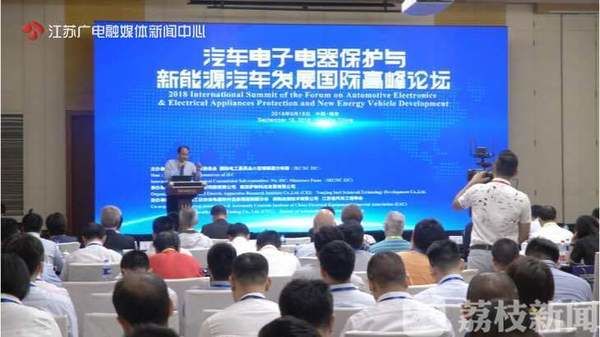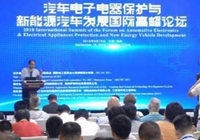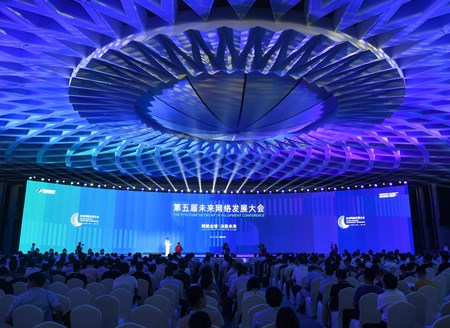
Industry experts discussed issues concerning the future development of new energy vehicles and ways of breaking through the existing technology bottlenecks at the Car Electronics and Electrical Appliances Protection and New Energy Vehicle Development Forum that kicked off in Nanjing on Tuesday.
The stability and safety of power lithium batteries is one of the key technical bottlenecks of new energy vehicles. Major safety accidents such as spontaneous combustion have aroused the concern from all walks of life.
Improving the safety of automotive electronic circuits and increasing the protection performance of electronic appliances for new energy vehicles is one of the top priorities of new energy vehicles. This forum will discuss the establishment of global fuse standards for new energy vehicles.
In the past, 46 fuel-protection components were used in a fuel vehicle while thousands are now used in new energy vehicles. From now until 2020, China will expect 1 billion consumer electronic fuses for new energy vehicles, which is expected to promote the research and development of related enterprises in the new energy automobile industry.
It is estimated that the global sales of new energy vehicles will exceed 18 million in 2025, and the sales of new energy vehicles in China will exceed 4.7 million, accounting for 15% of the overall market.
China saw record sales of new energy vehicles last year as the country intensified efforts to encourage the use of new energy vehicles to ease pressure on the environment by offering tax exemptions and discounts for car purchases, and ordering government organizations to buy more new energy cars.
China is the world’s largest auto market, also the fastest-growing market for new energy vehicles thanks to the government’s preferential policy to boost the use of clean energy to curb pollution.
Starting 2018, new energy vehicle buyers can borrow up to 85 percent of the cost from banks, up from the current 80 percent.
China is to cut carbon emissions per unit of GDP by 60-65 percent from 2005 levels by 2030 and raise the share of non-fossil energy use in total consumption to about 20 percent.
(source:ourjiangsu.com)






